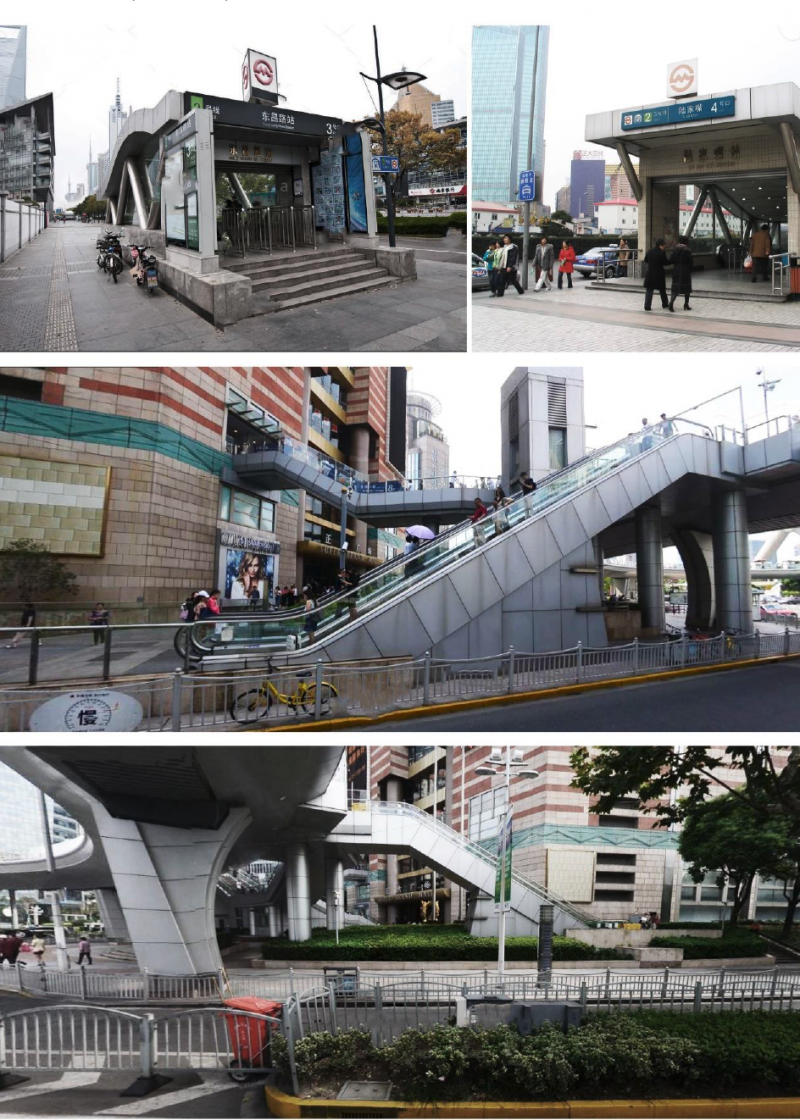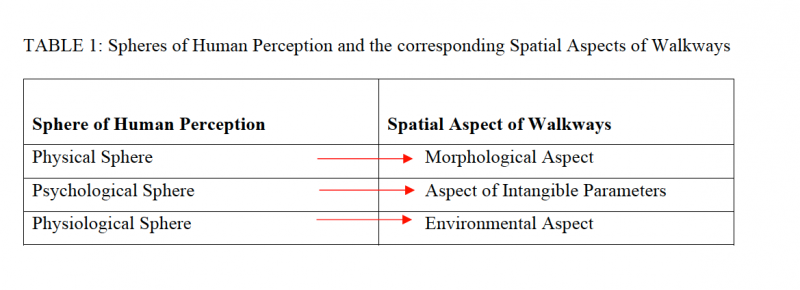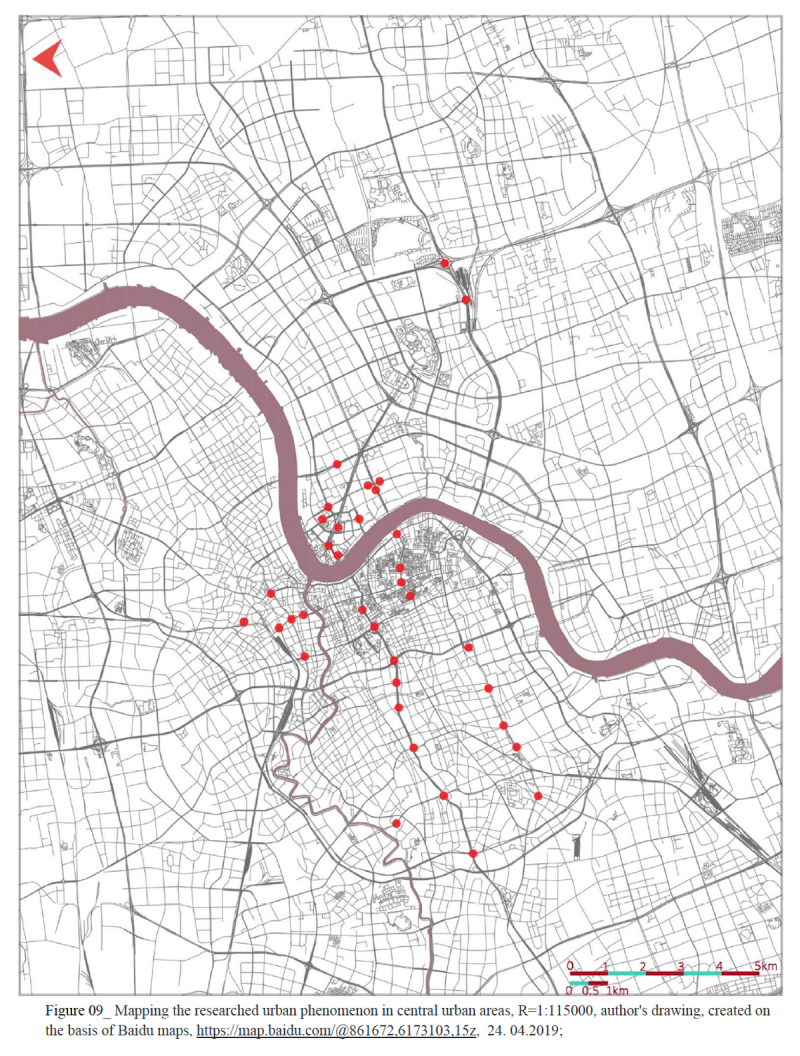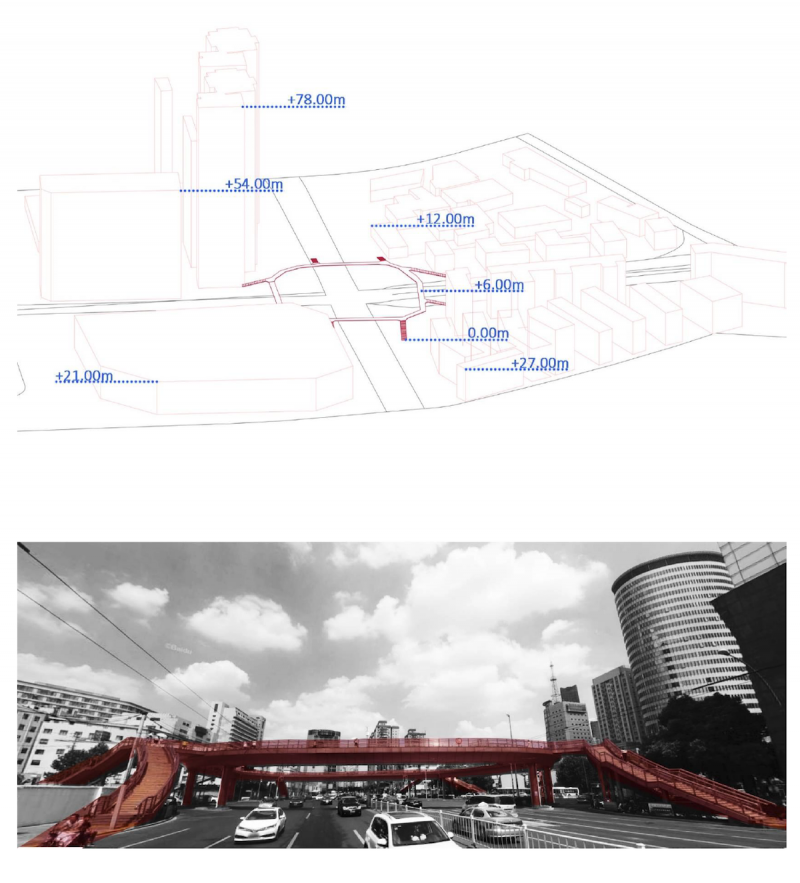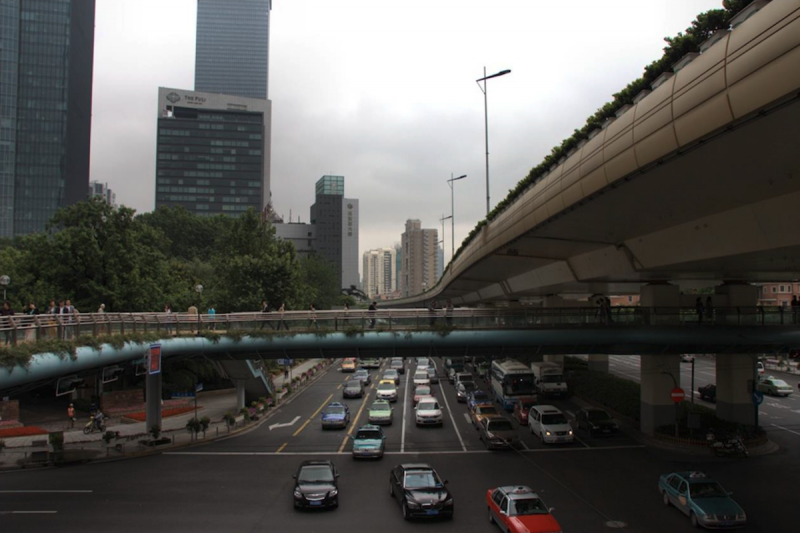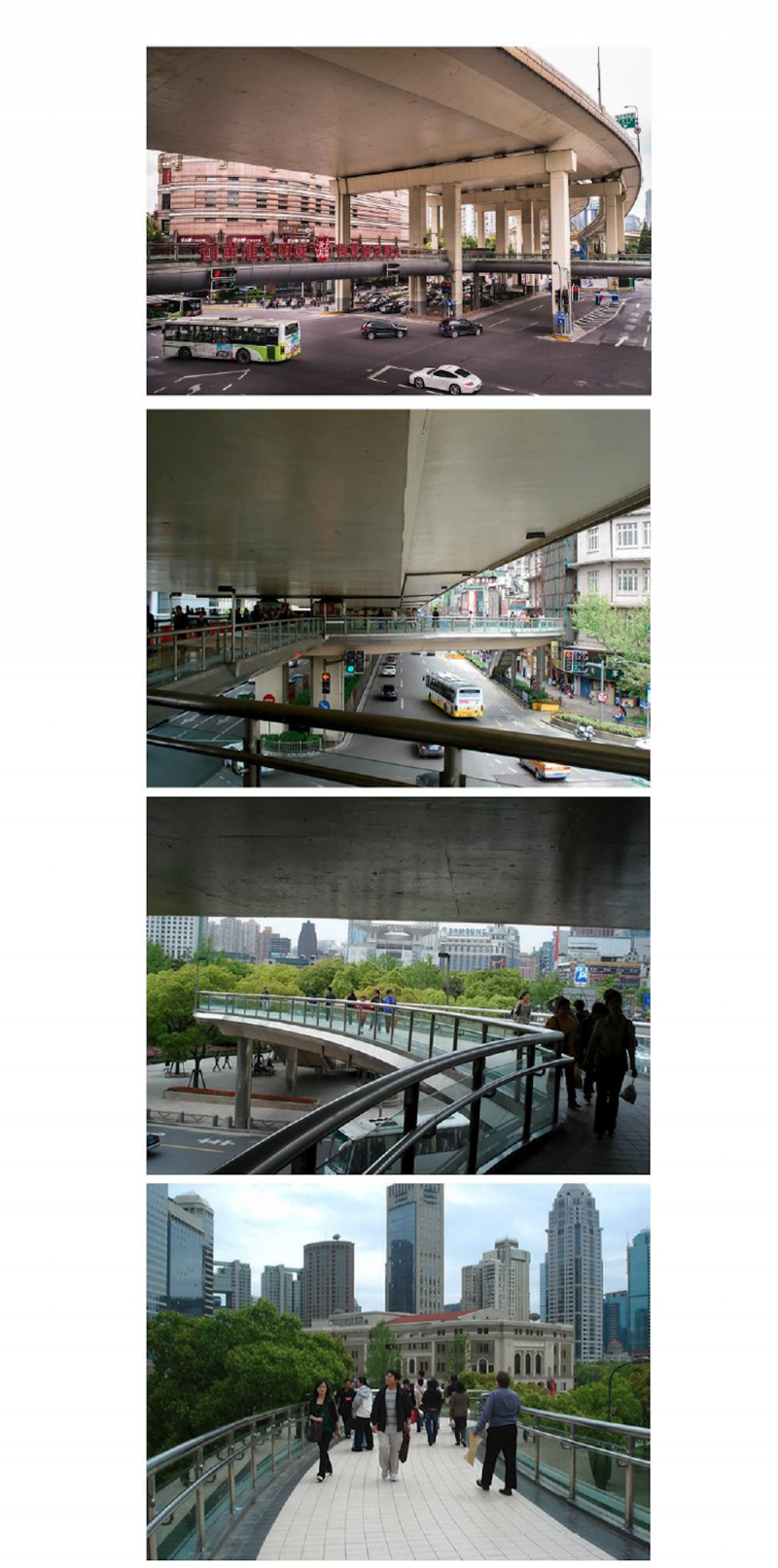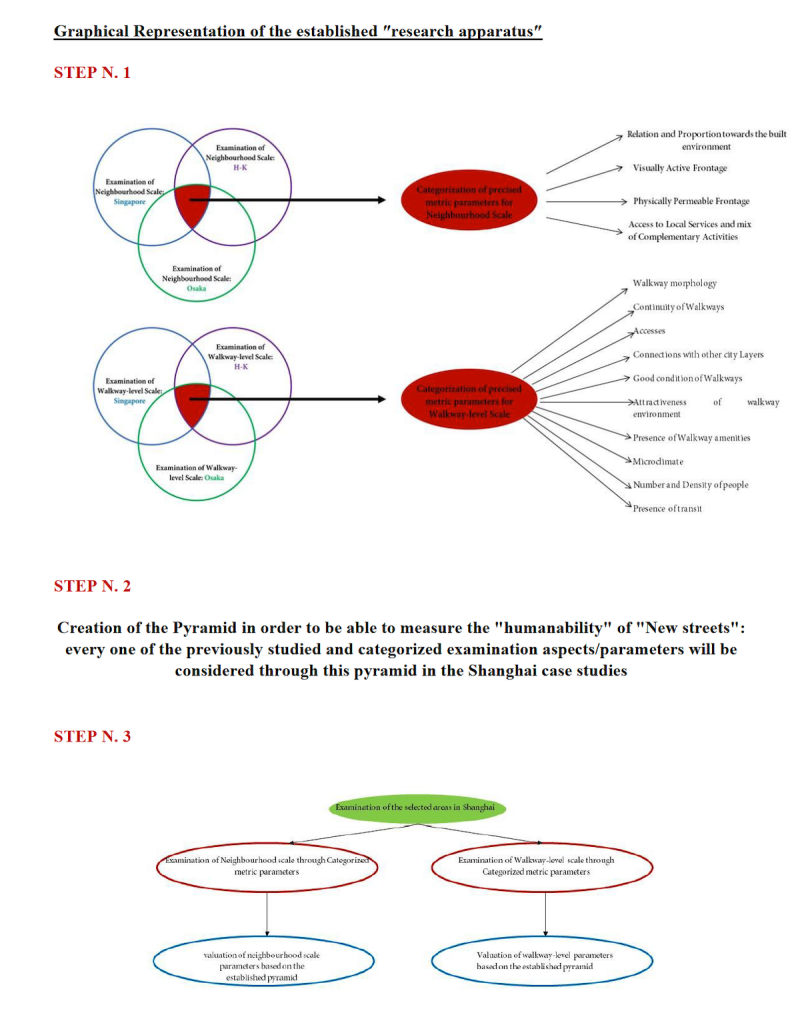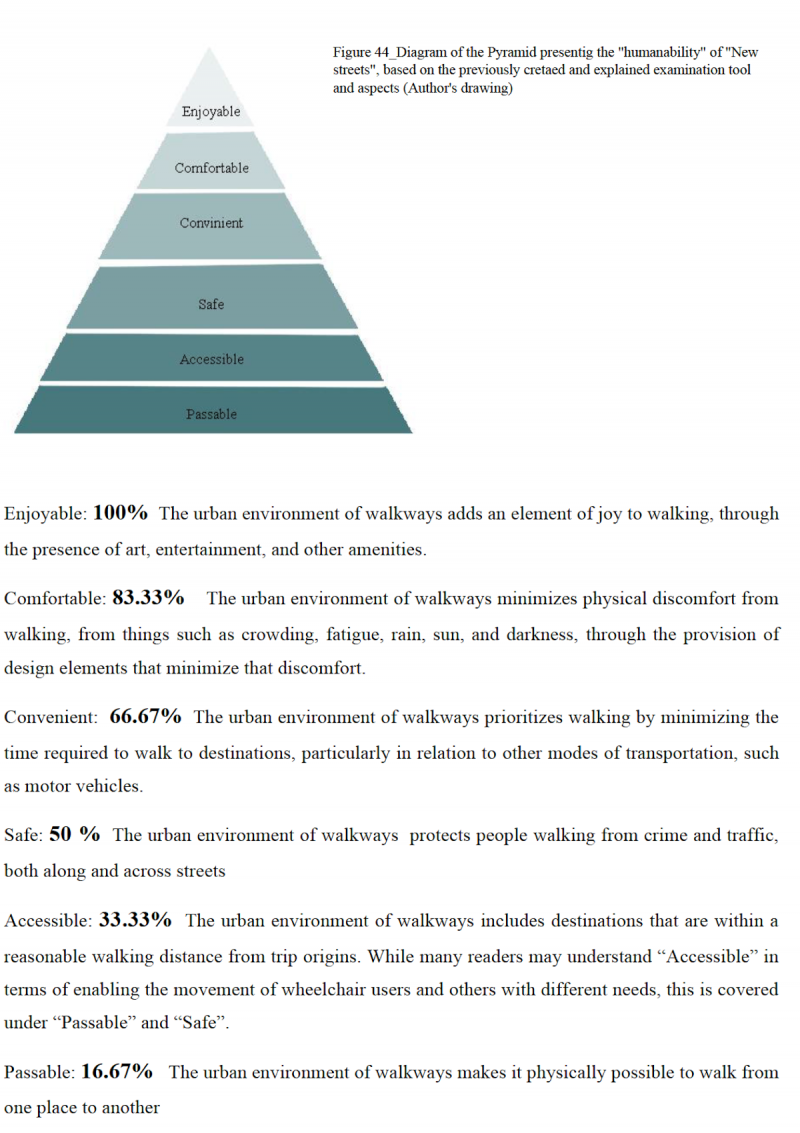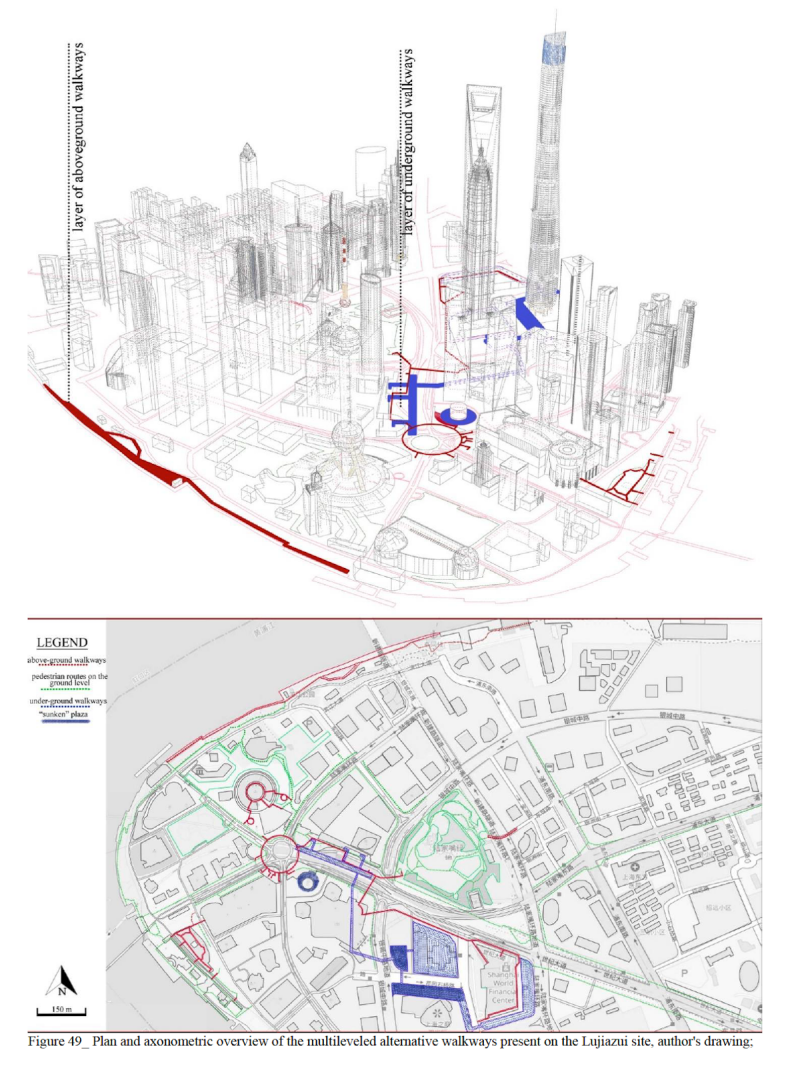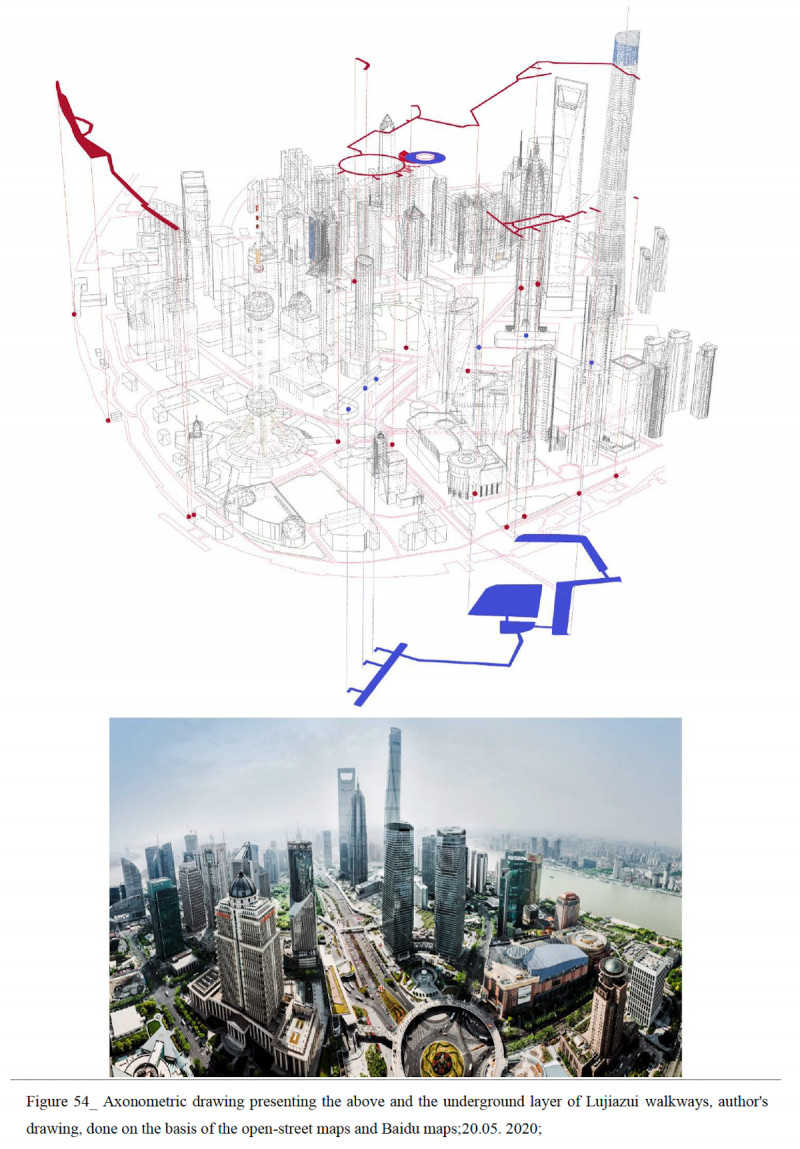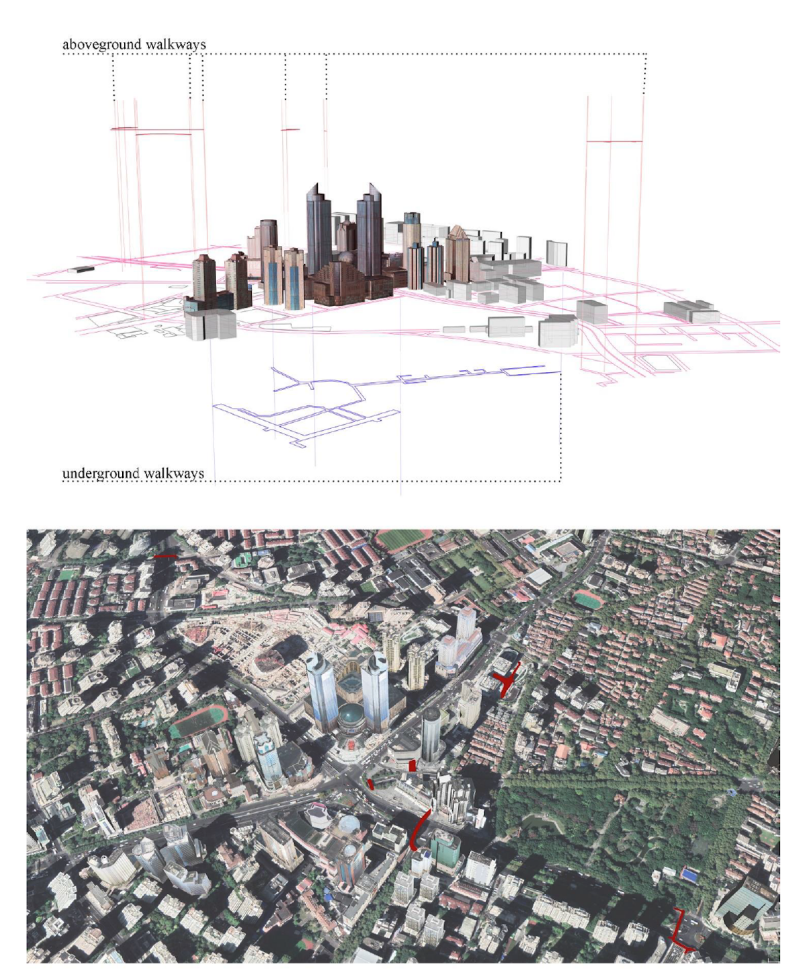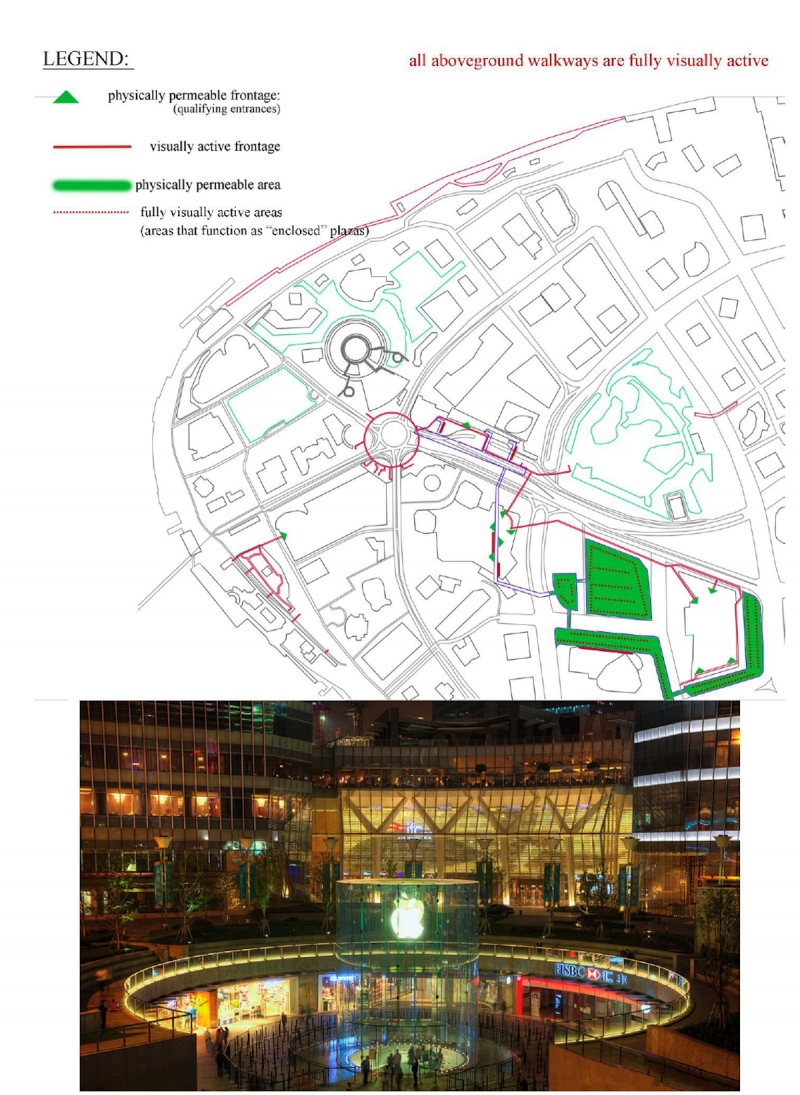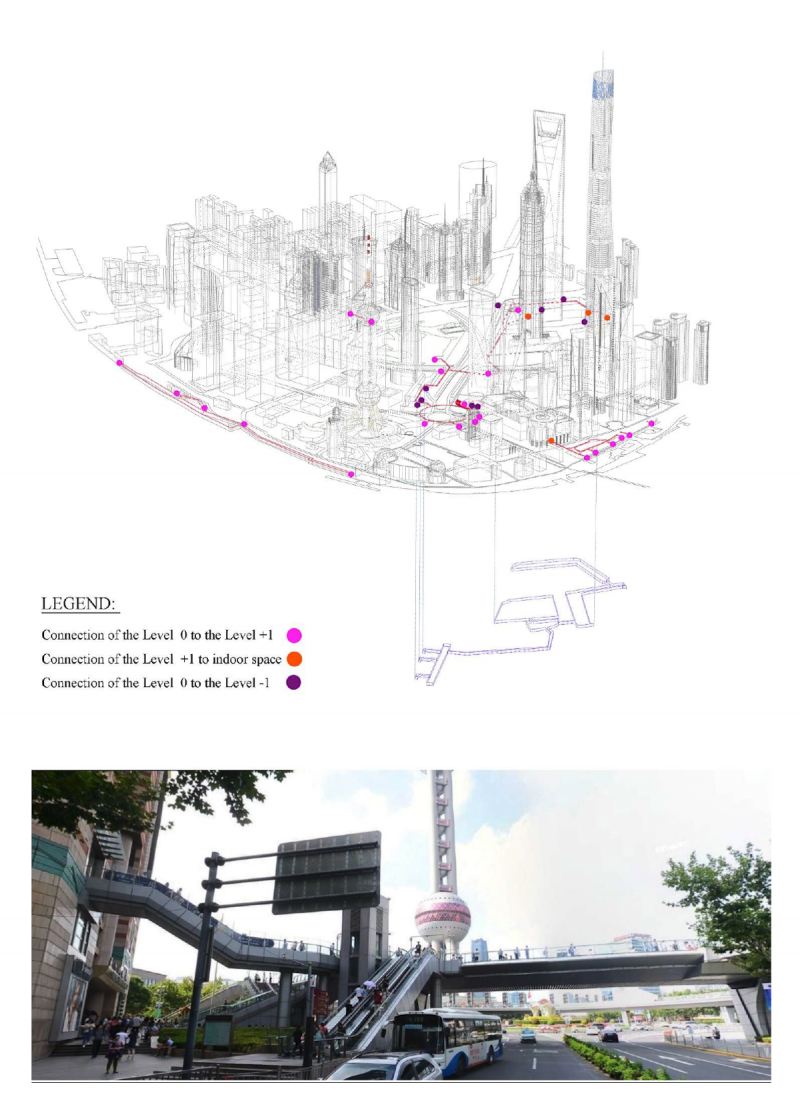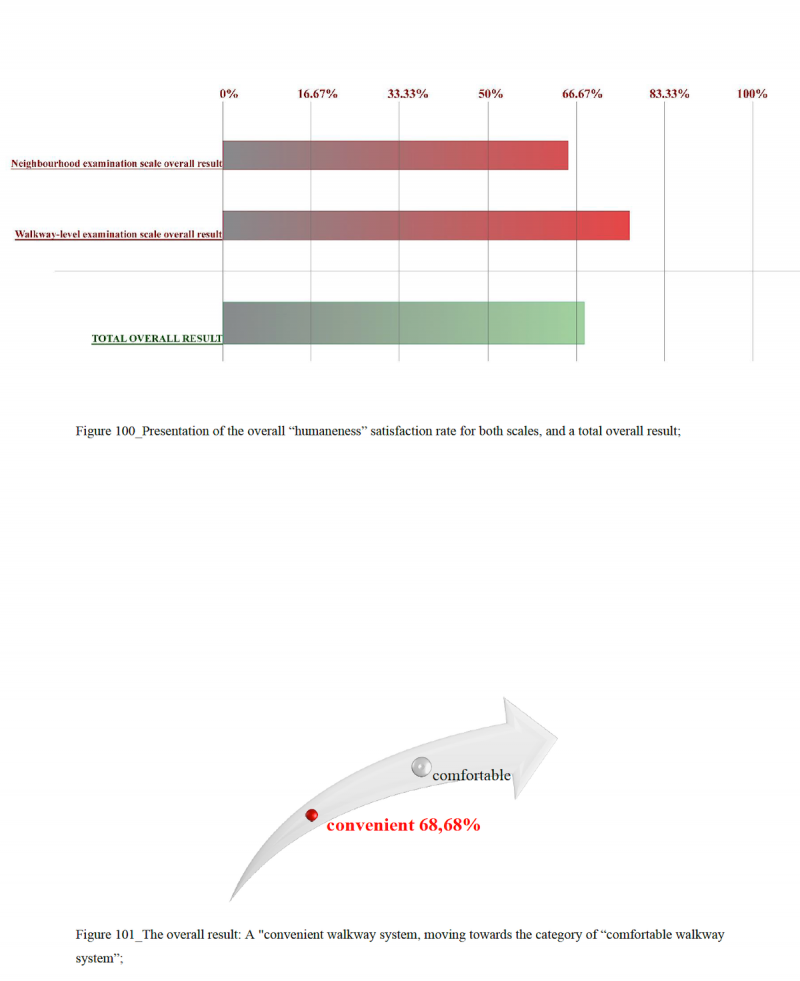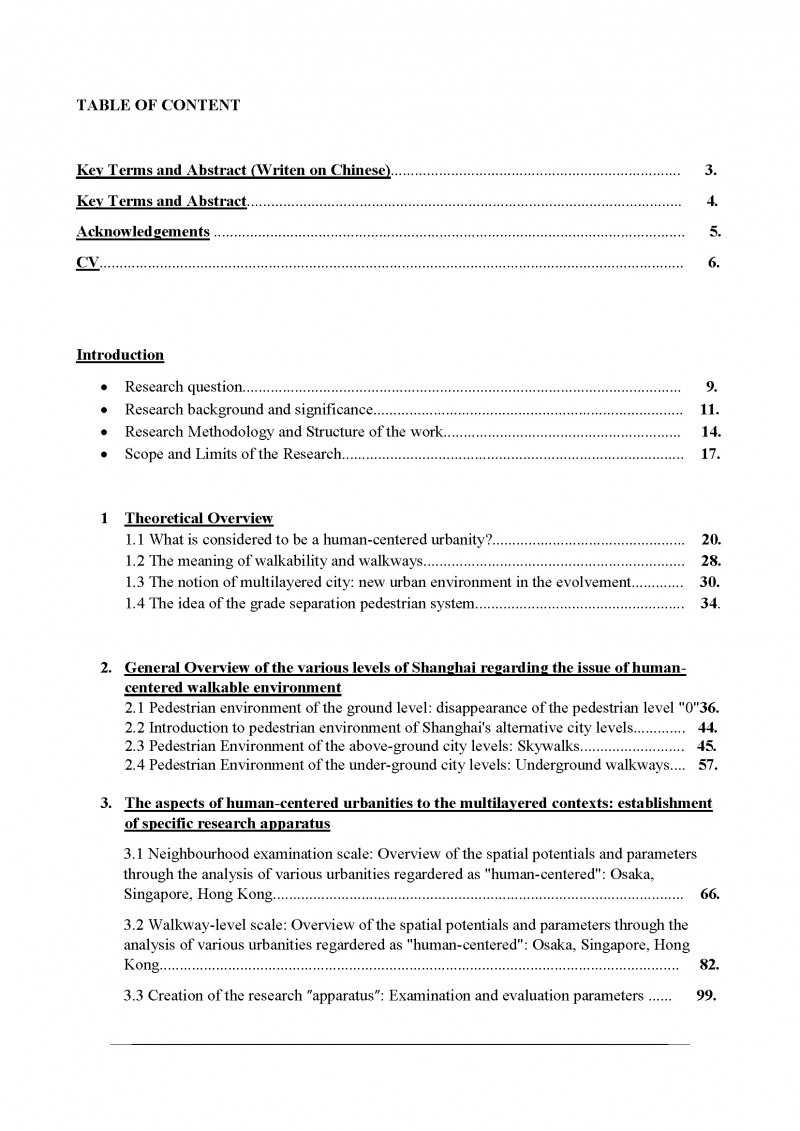Translation of Human-Centered Environments to Alternative City Layers
The research observes new walkways, emerging at alternative city levels of Shanghai, and tries to consider whether these spaces have the potential to evolve different kind of urbanity: a more human-centered, dense, multilayered urbanity which encourages social interaction and provides personal fulfillment.
As in many contemporary megacities, Shanghai's massive, rapid evolution, including both, urban expansion, and inner densification of the city, caused the neglect of the relation between the individual and the urban environment. The city has become a complex multilayered "organism" in which each spacial layer includes various different systems and structures that are intertwined. It has become more than clear that the future development of cities as multilayered systems cannot be stopped. Along with that, we became conscious of the intensive spatial dehumanization of the urban environment produced through this process. Thus, the significance of the phenomenon of alternative-level walkways, "new pedestrian streets", that are an important, integral part of the multilayered city, comes into focus.
It seems that in the described multilayered context of Shanghai the phenomenon of alternative-level walkways could offer new, unconventional public spaces and represent the possibility for the reinvention of a human-centered urban environment. These intriguing spatial hybrids represent at the same time new public spaces that integrate a wide range of uses and infrastructures of soft mobility, emphasizing the significance of "walkability". The nature of the examined multileveled walkway phenomenon combines seemingly opposed ideas and concepts. These infrastructures have very large dimensions, overcoming big distances, but then again, within the walkway network, they offer spaces adequate to human scale and human needs. Their importance also comes from the fact that they are closely connected to various other city layers.
Having in mind how complex and delicate are both, the phenomenon of a multi-layered city and the concept of a "human-centered" urban environment, we tried to develop our own, precise methodology, and to apply it through a parallel examination of three different sites in Shanghai. This work tries to consider the presented problematics regarding the phenomenon of Shanghai alternative-level walkways within a "framework" that could be applied from the smallest up to the metropolitan scale.
Taking all this as a starting point, it is our deepest belief that, by providing people-centered spaces, these "new pedestrian streets" could represent a mechanism for the inscription of everyday life and culture into the multilayered urban settings of Shanghai, and thus boost the overall societal happiness of its inhabitants.




